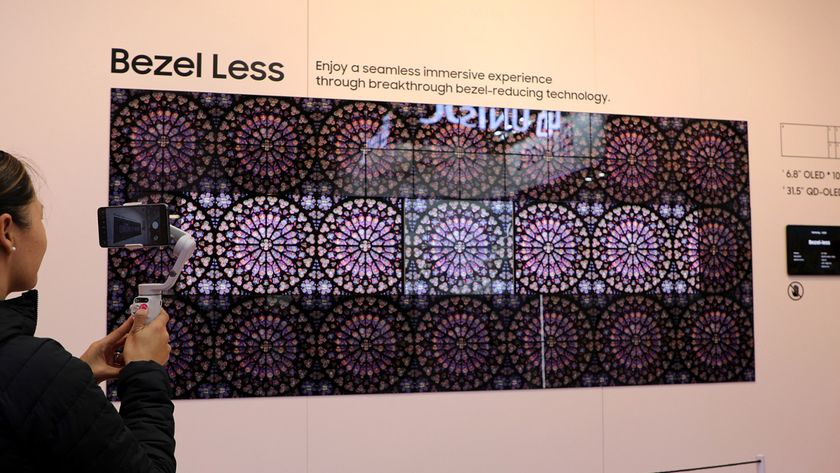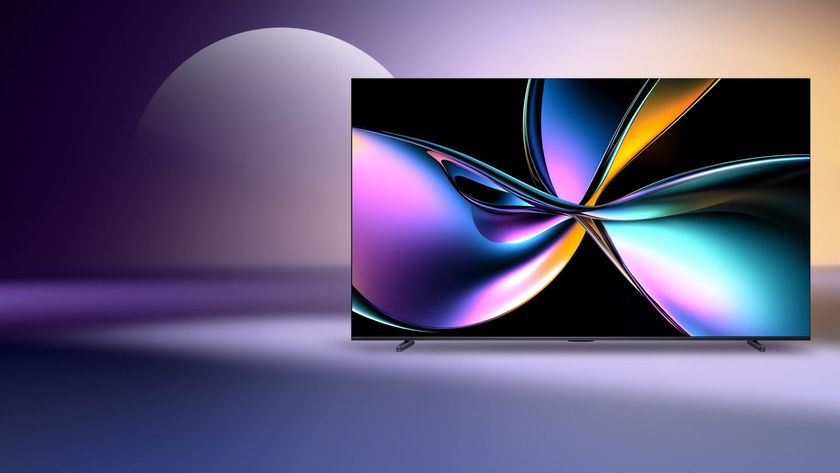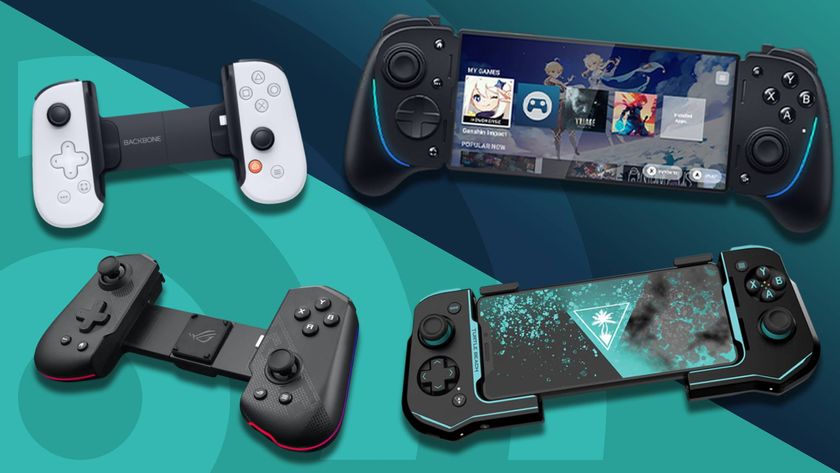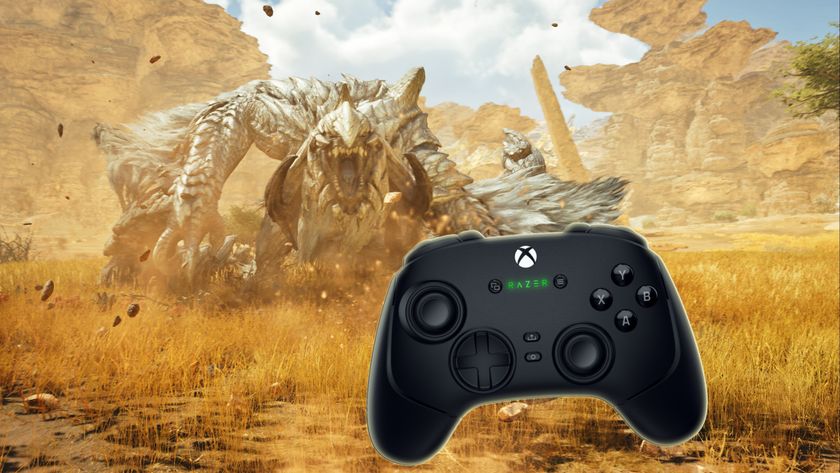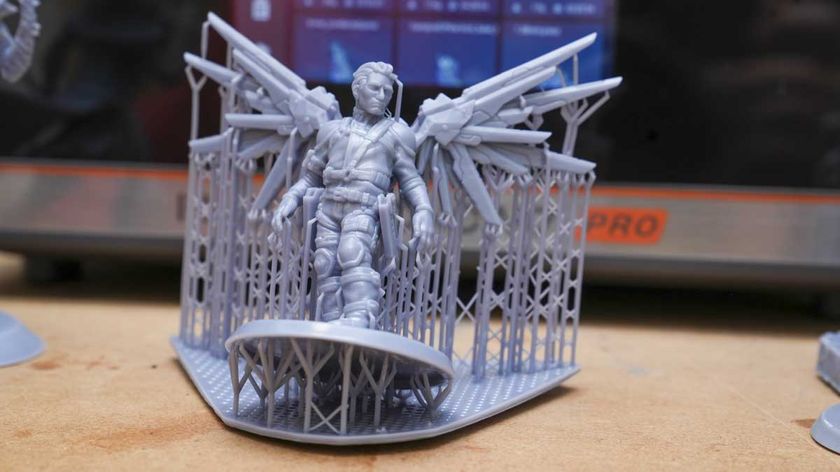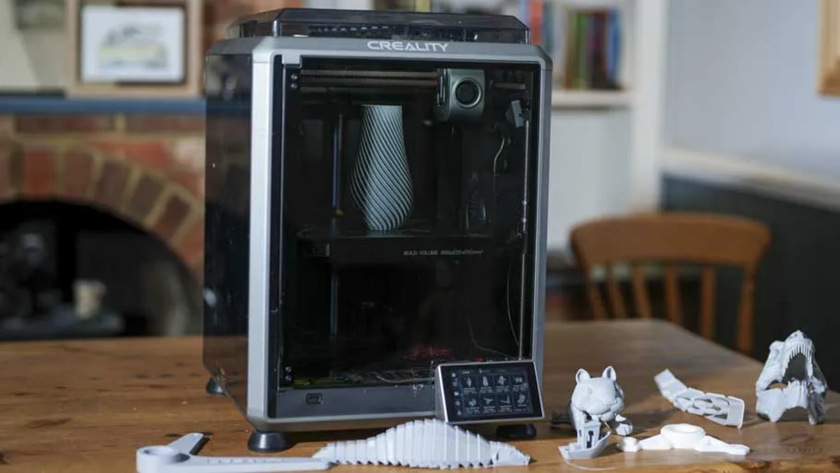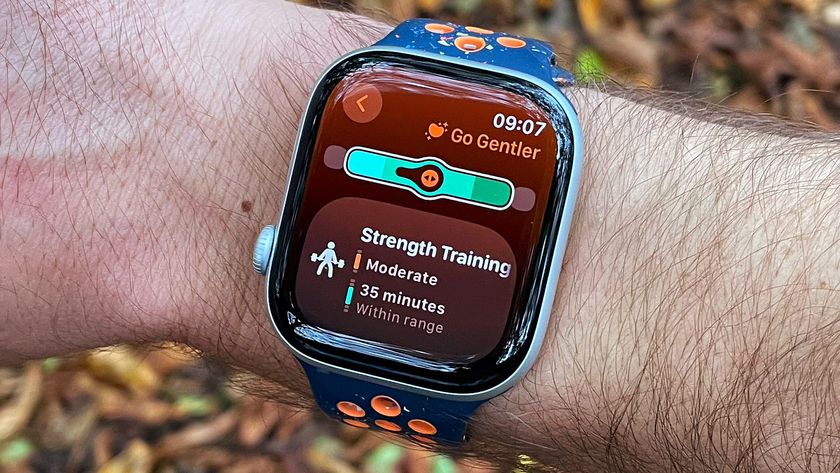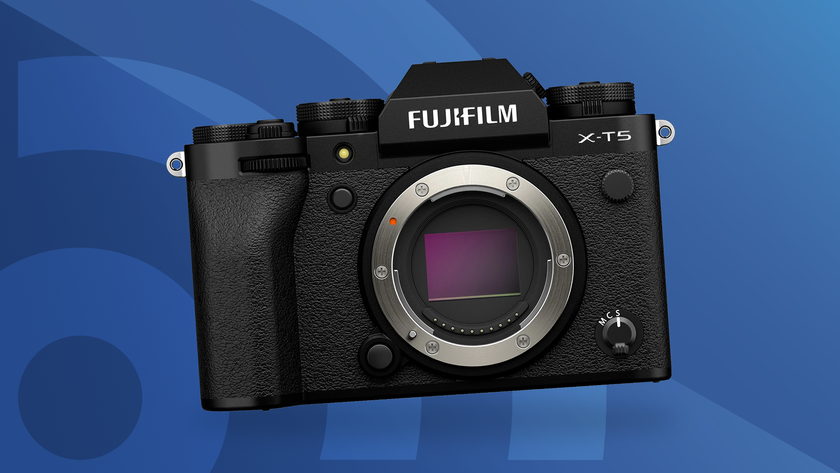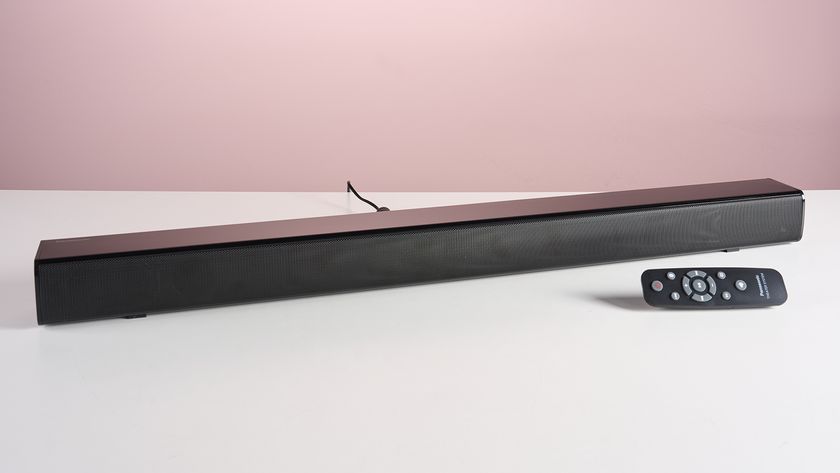Best 55-inch 4K TVs to buy in 2022 in the UAE and Saudi Arabia
The best 55-inch 4K TVs deliver a great blend of price-to-performance – here are our top picks
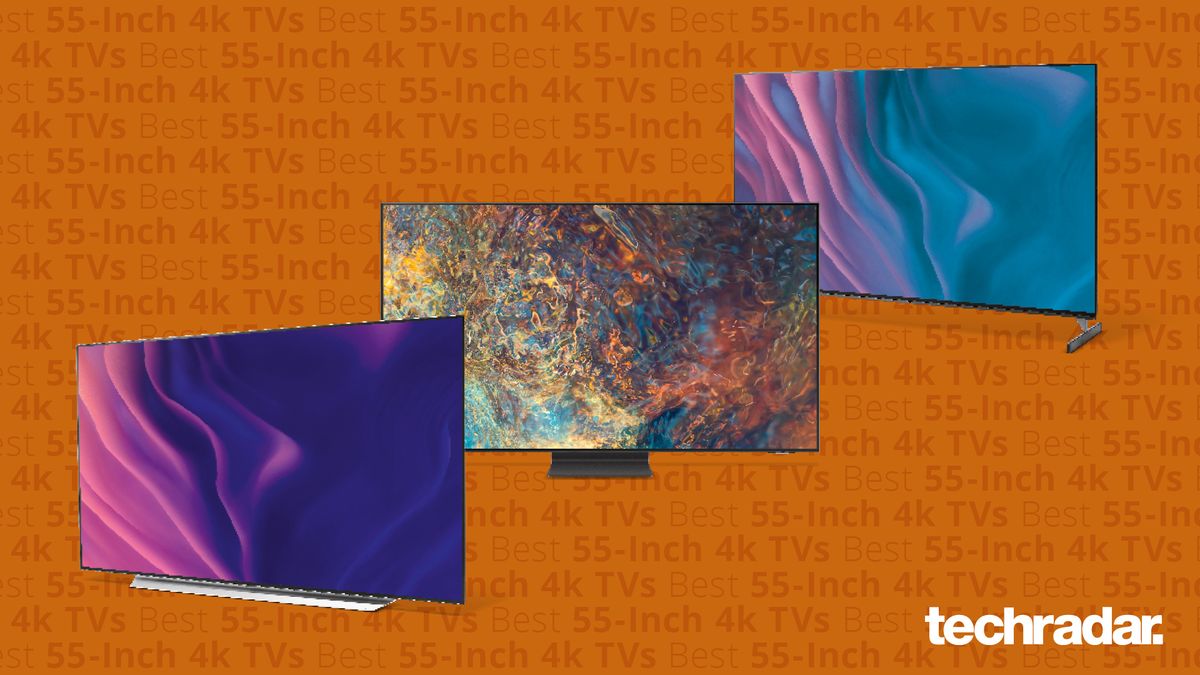
The best 55-inch 4K TVs should be the first screens you consider in your quest to buy the perfect television for your home.
As the closest thing we have to a standard-size television, the 55-inch TVs are the size at which premium TV technologies start making an appearance. Sure, you can get a 40-inch TV with 4K and features like full array local dimming, but they're much more common (and effective) in a 55-inch TV.
There's a reason most OLED and Mini LED TVs tend to start at a 55-inch TV size too – why put all that expense and effort into a screen so compact that you don't get the benefit of a high-end panel or complex and hefty backlight?
It's possible to go for larger 65-inch TVs or 75-inch TVs for more screen real estate, or you can always consider the best small TV guide for something more compact. For most people though, the best 55-inch 4K TVs will do the job, combining good prices and great screen space too.
Here are our top picks – each of which has been thoroughly tested to ensure you only get one of the best 55-inch TVs. Be sure to check page regularly, though, as new TVs are releasing all the time to dethrone the previous screen champions.
- Best Amazon Prime Day 2022 deals in the UAE
- Best Amazon Prime Day 2022 deals in Saudi Arabia
- Best Amazon Prime Day 2022 deals in Egypt
- Best deals on iPhone for Prime Day 2022 in the UAE, Saudi Arabia and Egypt
- Best deals on Gaming Laptops for Prime Day 2022
- Best deals on headphones, Bluetooth speakers and other audio products
- Best deals on chargers and accessories in the UAE and Saudi Arabia
- Best deals on headphones, bluetooth and wireless devices in the UAE and Saudi Arabia
The best 55-inch 4K TVs of 2022
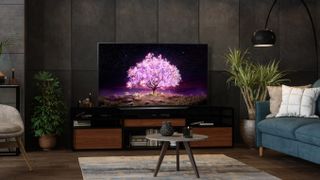
Specifications
Reasons to buy
Reasons to avoid
For those tempted by the deep blacks and infinite contrast of an OLED TV, the LG C1 Series is your best bet: as much as we rate its successor, the LG C2, this model is considerably more affordable right now.
The a9 Gen 4 chipset uses AI processing to distinguish between objects and their backgrounds – something that's at the heart of a lot of advancements in today's TV market. This stellar OLED TV packs in four dedicated HDMI 2.1 ports (ideal for next-gen gaming) and even comes with a new Game Optimiser menu that gives you the option to quickly adjust brightness, contrast and VRR on the fly.
The LG C1 isn’t flawless. We encountered issues with the way in which the new a9 Gen 4 processor upscales faces, and the all-glass screen is very reflective during daylight hours. But these are minor complaints, and if you do need a brighter TV for very bright rooms then the model up, the LG G1 OLED, offers even more brightness too – albeit for more money.
Read the full review: LG C1 OLED
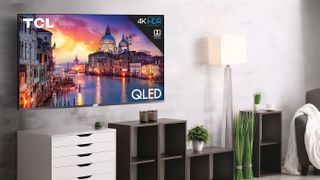
Specifications
Reasons to buy
Reasons to avoid
While we could easily fill this list with TVs that cost thousands, we try to measure screens by how well they perform for their price – and, by that metric, there are few TVs better than the TCL 6-Series QLED (55R635), one of the best TCL TVs out there.
Thanks to the addition of Quantum Dots, the 6-Series is more colorful than ever before and the new AIPQ engine makes upscaled content look even better than last year, too. It may not be able to output the same peak brightness as QLED TVs from Samsung and Vizio, but it costs less than half of the competition. We can't recommend it highly enough.
Read the full review: TCL 6-Series
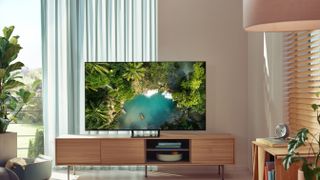
Specifications
Reasons to buy
Reasons to avoid
This Samsung is one of the best TVs you can buy for under £1000. Inevitably that means some compromises, but this is a very impressive TV for an equally impressive price. The Tizen smart TV interface is fantastic and the picture quality is very impressive, especially in 4K HDR. It's brighter than you might think from the spec sheet – it's rated for less than 300 nits – but we wouldn't recommend this one for a room that's very brightly lit. For everywhere else, though, it's an impressively clean, detailed and dynamic display.
We were also very impressed by the Crystal Processor 4K, which does a great job of upscaling lower-resolution content. Like most smart TVs it's not going to magically make repeats of Murder She Wrote look like they were filmed today in 4K, but for content such as terrestrial TV it does a good job.
It's a particularly good option for gaming thanks to three HDMI 2.1-enabled inputs, one of which is eARC-enabled, and it has dual-band Wi-Fi and Bluetooth 5.2.
Most smart TVs are best used with a soundbar and this TV is definitely one of them: its own speakers aren't the most exciting, and it's clear that Samsung's priority has been on how this TV looks rather than how it sounds.
Read the full review: Samsung AU9000 TV

4. Samsung QN85A Neo QLED
Specifications
Reasons to buy
Reasons to avoid
The Samsung QN85A is the company’s new flagship Neo QLED 4K TV for 2022, and the first to embrace a Mini LED backlight, resulting in a significant increase in dimmable zones and thinner panels.
We were very impressed by the superb SDR and HDR images, which deliver deep blacks and bright highlights without blooming or loss of shadow detail. Samsung's quantum dot technology delivers saturated and nuanced colours, and thanks to the Filmmaker Mode these images are also extremely accurate.
Unlike last year, we don't think that Samsung is limiting its 4K line-up in an effort to push sales of the 8K ranges. The QN95A boasts an impressive set of features, which is headlined by a well-designed and comprehensive smart platform that includes every major streaming app.
There’s also a host of cutting-edge gaming features that’ll please next-gen console owners, and a powerful 4.2.2-channel sound system packed into the TV’s ultra-slim chassis. Just keep in mind that you'll be making do with HDR10+ support rather than the more prevalent Dolby Vision HDR standard.
Read the full review: Samsung QN85A Neo QLED TV
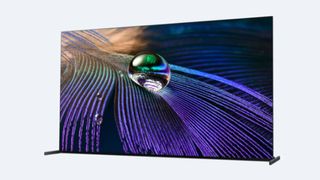
5. Sony A80J
Specifications
Reasons to buy
Reasons to avoid
Let's start with the sound, because that's quite a big deal here. The Sony A80J uses the entire surface of the screen as a speaker, and the inclusion of two conventional bass drivers means the A90J sounds fuller, more direct and just, well, better than any alternative that doesn’t feature an off-board sound system.
We think the picture quality from any source is as good as it currently gets for any 4K TV. In every meaningful department – motion control, contrast, edge definition, detail levels, you name it – the Sony excels. We also found that when you’re reduced to watching sub-4K content, it’s great at upscaling too.
There's a smart new Google TV interface, the usual Sony standard of build and finish, feet that change position to accommodate a soundbar, and an authentically well-designed remote control and the A80J looks like the complete package. Although complete packages seldom come cheap.

6. LG B1
Specifications
Reasons to buy
Reasons to avoid
For those not au fait with LG lingo, the letter 'B' denotes the television series (alongside 'A', 'C', 'G', and the now-discontinued 'E' Series), while the number corresponds to the year of release. In 2019, these numbers were all '9', as in 'C9' or 'B9'; in 2020, the number became 'X' ('ten'), while 2021 is resetting to '1'.
Compared to the newer C1 and G1 OLEDs, you're getting a step-down a7 Gen 4 AI processor rather than the a9 Gen 4 AI chip, however, it still posts an extremely favorable picture. It still benefits from some of the AI advances of LG's chipsets this year too, using deep learning to better analyze discrete objects onscreen, meaning people, backgrounds, and sections of text are all properly distinguished from each other.
It's a 4K OLED, so you get a crisp 3840 x 2160 resolution, along with a 120Hz panel and LG's webOS smart platform – which has been overhauled with a sixth iteration for this year, ditching the half-screen overlay for a full-screen home page, and somewhat tidier tile icons.
HDR is supported, along with the Dolby Vision dynamic HDR standard, and Dolby Atmos audio.
In terms of sound, the B1 OLED does get 40W of audio output with its downward-firing drivers, rather than the meagre 20W found on the A1 OLED. The B1 also include two HDMI 2.1 ports, unlike the A1, which won't have any.
HDMI 2.1 is needed for a host of gamer-centric features like 4K/120Hz gameplay, as well as VRR (variable refresh rate). The B Series has G-SYNC and AMD FreeSync support to reduce screen tearing on PC-linked gaming TVs.
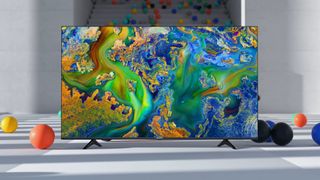
7. Hisense U7G series Quantum ULED
Specifications
Reasons to buy
Reasons to avoid
Described by Hisense as a “TV that makes gaming smooth like butter,” the U7G focuses on improving gamers’ experiences in some meaningful ways.
This includes a high 120Hz display, Game Mode Pro to help reduce input lag, an Auto Low Latency Mode, Variable Refresh Rate and Freesync for PC gamers. All of those features should definitely help serious gaming enthusiasts or aspiring esports players looking to have the biggest advantage possible. Helps that the U7G features many standards to Hisense’s U Series line-up including Dolby Vision, IQ and Atmos alongside HDR10+.
Long story short? PC Gamers or individuals lucky enough to get their hands on an Xbox Series X or PS5 will appreciate the U7G’s capabilities.
On its own merit, the TV functions as a great general-use screen outside of gaming thanks to both great Android TV implementation and beautiful display. After spending a week with the U7G, here are our takeaways.
Read our full Hisense U7G ULED TV review
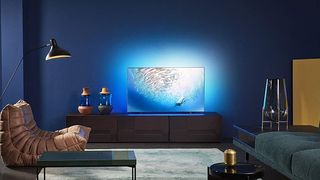
8. Philips OLED 805
Specifications
Reasons to buy
Reasons to avoid
With the OLED805, Philips has delivered a good-looking, well-made OLED TV with an absolute stack of functionality, a unique selling point and periodically splendid picture quality. And it’s done all this for a real-world price.
Including every HDR standard isn’t unique - Panasonic does it too - but it certainly makes many rival firms look a bit mean. A couple of HDMI inputs with full 2.1 specification is no more than next-gen gamers deserve. We enjoyed the excellent picture quality - balanced and naturalistic, yet vibrant and exciting at the same time - and love the included four-sided Ambilight, which provides background lighting to match the on-screen colours.
As this TV has an OLED panel, we expected clean, deep and lustrous black tones - and, sure enough, that’s what we got. They’re revealing and consistent too, with a deeply impressive amount of detail and variation with them. And they’re complemented at the other end of the spectrum by clear and equally detailed white tones. While the Philips doesn’t use one of the most recent super-bright OLED panels enjoyed by pricier 2021 models from LG and Sony, it’s capable of punchy and convincing contrasts nevertheless.
Best 55-inch TV FAQ
What is the best 55-inch smart TV?
Right now, that's the Samsung QN95A, which tops our best 55-inch TV guide. But its pricing and Mini LED system mean it won't be the best choice for everyone – those of you who prefer OLED pictures, or just something a bit cheaper, have plenty of options that will sit right at home in your, well, home.
How much should you pay for a 55-inch TV?
55-inch TVs can be very cheap, with some budget LCD models costing just $400 / £400 – though that number will double for mod mid-tier options, if not triple and quadruple for high-end screens with OLED panels or Mini LED backlighting. A brand new 55-inch OLED will usually cost around $1,799 / £1,799, for example.
Is a 55-inch smart TV big enough?
55-inch TVs are the flagship size for today's televisions. That makes it pretty much the most common sizing option. It's a kind of happy medium between 32-inch small TVs and massive 75-inch TVs.
It's worth thinking hard about how important screen size is to you, though. You'll likely pay less for smaller screens, as with the 48-inch OLED TVs that generally offer premium TV tech for less, or the lower-spec models found at 40-inch sizes.
However, larger screens are increasingly becoming the norm for those that can fit them into their home, and mass production means a big-screen display isn't quite the bank-breaking cost that it used to be.
A bigger screen means more detail that's more easily visible at a larger distance – ideal for family movie nights or those after a truly impactful home cinema. Keep in mind though that picture defects are also more visible at larger sizes, so you should make sure that you're getting a TV good enough to warrant a step-up screen size.
What should I look for in a 55-inch TV?
At this ample size, you should absolutely be looking for some good features – lest you get stuck with a large screen that simply blows up artefacts and visual defects.
OLED or Mini LED screens are well worth getting at this size, without the truly extravagant price points of larger models – 55 inch TVs offer a smart, well-judged entry point to premium TV tech. For LCD models, you want to make sure you're getting Direct Full Array Lighting, rather than the edge-lighting still found on some budget sets – and which limits the consistency of brightness across the screen.
Otherwise, 4K HDR is a given, and you may want to check that HDMI 2.1 is included if you're partial to gaming, with the VRR (variable refresh rate) and ALLM (auto low latency mode) support usually thrown in.
- After something larger? Here are the best 65-inch 4K TVs
- Shop all the cheap TVs on sale now
Get daily insight, inspiration and deals in your inbox
Sign up for breaking news, reviews, opinion, top tech deals, and more.
Mufaddal Fakhruddin is an experienced Editor with a demonstrated history of working in the computer games industry. He is skilled in social media, video idea creation and production, media relations, and journalism.

